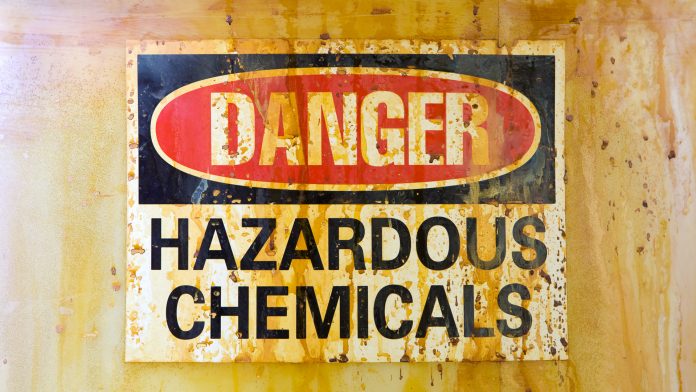
Human exposure to unnecessary and potentially harmful chemicals could be greatly reduced, and now a new framework to reduce chemicals like polyfluoroalkyl substances may be on the horizon.
Published in Environmental Science: Processes & Impacts, a peer-reviewed journal published by the Royal Society of Chemistry, exposure to needless and possibly harmful chemicals such as polyfluoroalkyl substances could be greatly reduced if manufacturers add chemicals only when they are truly essential in terms of health, safety and functioning of society.
In this study, researchers propose a framework based on the concept of ‘essential use’ to determine whether a chemical is really needed in a particular application. They demonstrate the concept on a class of synthetic chemicals known as PFAS (polyfluoroalkyl substances).
The use of polyfluoroalkyl substances
PFAS are used in many consumer goods because of their unique properties such as water and stain repellent. However, a growing number of scientists and health professionals have expressed concern about these chemicals since they persist for a very long time, seep into our water and soil, and may adversely impact people’s health and wildlife.
Human health problems linked to certain polyfluoroalkyl substances exposure include kidney and testicular cancer, liver malfunction, hypothyroidism, high cholesterol, ulcerative colitis, lower birth weight and size, obesity, and decreased immune response to vaccines.
The study classifies many uses of PFAS as a non-essential chemical. For example, the study highlights the fact that it may be nice to have water-repelling surfer shorts, but in this instance water repellent truly is not essential.
Encouraging and informing manufacturers of the substitutes
Other products analysed with the Essential Use Framework include personal care products and cosmetics, durable water repellent and stain resistance in textiles, food contact materials, medical devices, pharmaceuticals, laboratory supplies and ski waxes. Some uses of chemicals may be regarded as essential in terms of health and safety, for example fire-fighting foams, however functional alternatives have been developed that can be substituted instead.
“Our hope is the approach can inform and encourage manufacturers, retailers and end users to consider phasing out and substituting uses of PFASs.” said Ian Cousins of Stockholm University, lead author of the study and a world-leading researcher specialising in understanding the sources and exposure pathways of highly fluorinated chemicals.
“A starting point would be the phase-out of the multiple non-essential uses of PFASs, which are driven primarily by market opportunity.”
Disclaimer: the research suggests that the Essential Use Framework can be applied to other chemicals of concern. The article notes that some retailers and manufacturers are already taking voluntary measures to phase out the use of polyfluoroalkyl substances in their products.










